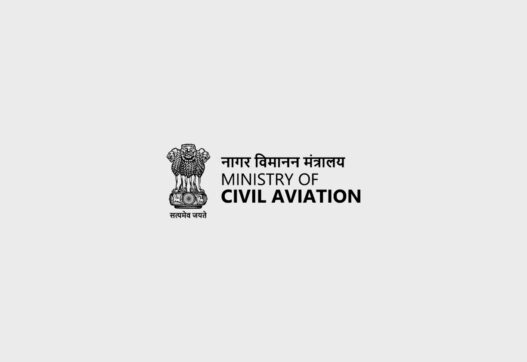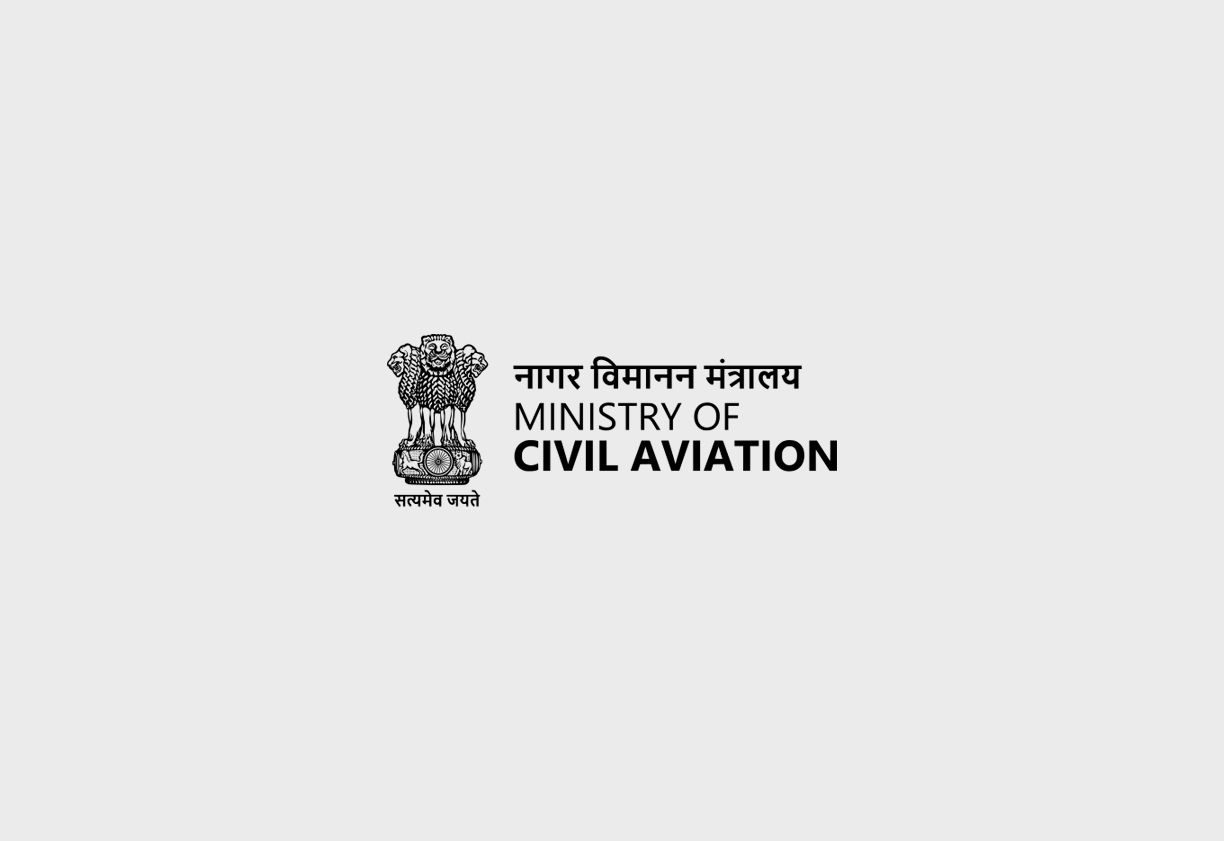Ministry of Civil Aviation
The Aircraft Act, 1934, is a landmark legislation that provides the legal framework for controlling and regulating all aspects of aviation in India. This Act empowers the Central Government to make rules and regulations concerning the manufacture, possession, use, operation, sale, import, and export of aircraft. It also establishes various authorities to oversee aviation safety and security, and it includes provisions for the investigation of accidents. The Act is pivotal in ensuring the safe and orderly operation of aircraft within Indian airspace.
1: Act Background and Ministry
The Aircraft Act, 1934, was enacted to consolidate and update the laws relating to aviation in India. The Act aims to provide a comprehensive legal framework for the control and regulation of aircraft, aerodromes, and related activities. The Ministry of Civil Aviation oversees this Act, reflecting its responsibility in regulating and promoting civil aviation in India. The Ministry plays a crucial role in formulating policies, implementing the act, and ensuring the safe and efficient operation of the aviation sector.
2: Enactment Date, Number of Chapters, and Sections:
The Act was enacted on August 19, 1934, and is officially known as Act No. 22 of 1934.
-
The Act is structured without specific chapters and comprises 20 sections.
-
These sections cover definitions, powers of the Central Government, establishment of authorities, penalties, and other miscellaneous provisions.
-
The Act has been amended several times to incorporate new developments in aviation.
3: Act Governed By:
The Aircraft Act, 1934, is primarily governed by:
-
The Central Government: The Act grants extensive powers to the Central Government to make rules and regulations for all aspects of aviation.
-
Directorate General of Civil Aviation (DGCA): Established under Section 4A, the DGCA is responsible for carrying out safety oversight and regulatory functions.
-
Bureau of Civil Aviation Security (BCAS): Established under Section 4B, the BCAS is responsible for regulatory and oversight functions related to civil aviation security.
-
Aircraft Accidents Investigation Bureau (AAIB): Established under Section 4C, the AAIB is responsible for investigating aircraft accidents and incidents.
4: On Whom It Is Applicable:
The Act applies to:
-
All aircraft and aerodromes within India.
-
All citizens of India, wherever they may be.
-
All persons on aircraft registered in India, wherever they may be.
-
All persons on aircraft registered outside India while in or over India.
-
Any person operating an aircraft who is not a citizen of India, but has a principal place of business or permanent residence in India.
-
All persons engaged in the manufacture, possession, use, operation, sale, import, or export of aircraft.
5: Penalties/Punishments:
The Act includes provisions for penalties and punishments to ensure compliance:
-
Contravention of rules regarding the carriage of arms, explosives, or dangerous goods can result in imprisonment for up to two years, a fine up to one crore rupees, or both.
-
Failure to comply with directions issued under Section 5A can lead to imprisonment or a fine, or both.
-
Wilful flying in a manner that causes danger can result in imprisonment, a fine, or both.
-
Disobeying orders issued in an emergency can lead to imprisonment, fines, and forfeiture of aircraft or related equipment.
-
The Act also includes provisions for penalties for abetment of offenses and attempted offenses.
-
The Act empowers the Central Government to establish procedures for the adjudication of penalties.
6: Important Pointers:
-
The Act defines “aircraft” broadly to include any machine that can derive support in the atmosphere.
-
It establishes the Directorate General of Civil Aviation (DGCA) and the Bureau of Civil Aviation Security (BCAS).
-
The Act empowers the Central Government to make rules for all aspects of aviation.
-
It regulates the licensing of aerodromes and personnel involved in aviation.
-
The Act provides for the investigation of aircraft accidents and incidents.
-
It includes provisions for the detention of aircraft that pose a safety risk or are in violation of the law.
-
The Act empowers authorities to take measures to protect public health and safety.
-
It regulates the construction of buildings and planting of trees near aerodromes.
-
The Act also addresses issues related to wreck and salvage of aircraft.
-
It includes provisions for the payment of compensation for losses or damages due to government actions.
-
The Act provides for the publication of rules and orders in the Official Gazette.
-
It provides for an appellate mechanism.
-
The Act is regularly updated to incorporate new developments and international standards.
7: Download Act Copy




